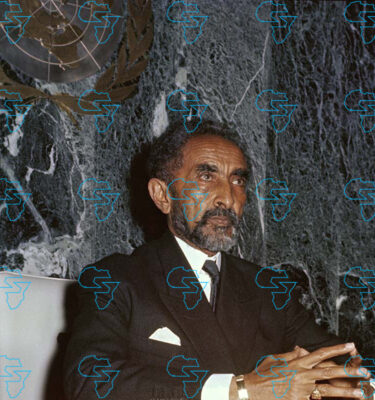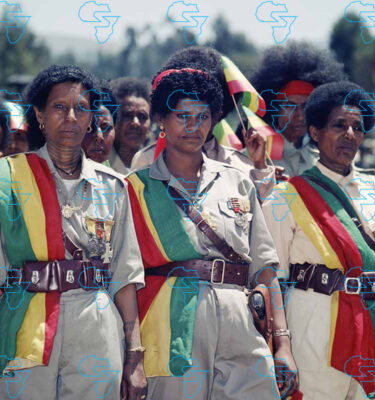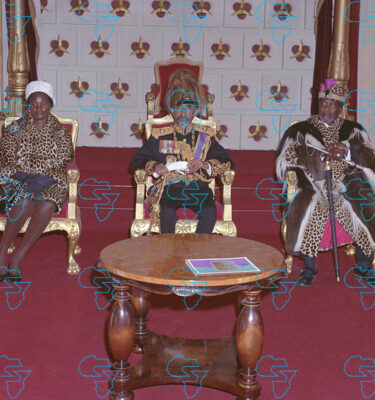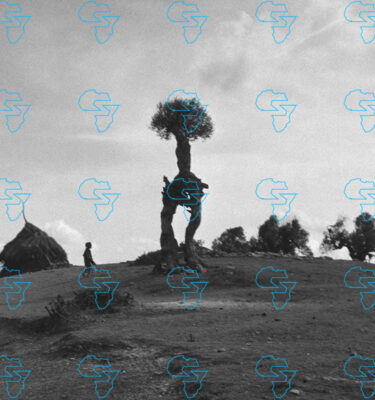
A new post-war environmental assessment has found widespread soil contamination and water resource destruction across the Tigray region, describing the damage as “multi-dimensional, intentional, and catastrophic.”
According to the Commission of Inquiry on Tigray Genocide (CITG) report titled ‘Reversed Decades: War and Siege Damage and Loss of Tigray’s Natural Resources and Environment,’ the region’s soil and water systems have suffered “irreversible degradation” following the war that began in November 2020 and continued under a two-year siege.
The report says the vast majority of soil samples collected from war-affected areas contained dangerous levels of molybdenum, a heavy metal found in military munitions and explosives while additional contamination by copper and lead was also detected.
“Laboratory analysis confirmed severe pollution, with 89 percent of the soil sampled containing dangerous levels of molybdenum from munitions,” it reads.
From The Reporter Magazine
The CITG report indicates on-the-ground investigations across 40 woredas showed that bombardment, trench digging, and the dismantling of soil conservation structures have drastically altered soil composition and productivity.
“These damages were often interconnected, happening simultaneously due to the nature of military activities. However, pollution was also observed as a separate phenomenon, mainly caused by shelling, munitions residue, and industrial destruction,” it reads.
In total, almost 21,000 hectares of soil were declared degraded, with visible damage ranging from erosion and compaction to chemical pollution and heavy-metal saturation.
From The Reporter Magazine
Field observations and community testimony confirmed that soils in many areas are unfit for cultivation due to contamination from exploded shells and fuel residues, according to CITG. Researchers also observed metallic fragments embedded in farmland and craters formed by shelling.
Scientists at Mekelle University and the Tigray Agricultural Research Institute (TARI) analyzed 65 soil samples and found molybdenum concentrations exceeding 10 mg/l in nearly nine out of ten samples—well above the Food and Agriculture Organization’s recommended limits.
“This contamination presents long-term risks to agriculture and human health, demanding expensive reclamation efforts. In some cases, areas might be irreparably damaged, depending on the type and level of pollutants,” reads the report.
CITG said that some participants included in the assessment described bombardments and chemical contamination, but could not confirm which force was responsible due to engagement conditions, such as night or distance. Woredas like Abergele and Samre were heavily bombarded, with significant soil pollution and erosion.
The Commission stated that the damage to soil resources was both widespread and deliberate and parallel to soil contamination, water systems across the region were severely disrupted. The study documents complete drying, reduced discharge, and chemical pollution in multiple springs and rivers.
Several previously reliable sources, such as hand-dug wells and community reservoirs, were abandoned after testing revealed toxic levels of pollutants.
The document cited that focus group discussions provided critical context for this pollution, attributing it to the dumping of waste and dead animal carcasses, as described in Adigrat, and the intentional addition of chemicals to water points, as reported in Degua Tembien/
Furthermore, it revealed that infrastructure sabotage was widespread. Pump equipment was systematically looted and destroyed in areas including Enda Mekoni, Degua Tembien, and Endabatsahma.
Prior to the war, Tigray was recognized for pioneering soil and water conservation programs that curbed desertification and increased water retention. Those decades of progress were, according to the report, “reversed within months of the conflict.”
By 2019, more than 641,000 hectares of land in Tigray were protected by soil and water conservation (SWC) structures. During the war, assessments found almost 146,000 hectares destroyed, with over 57 percent suffering severe damage.
A significant number of respondents attributed the damage to Eritrean Defense Forces (EDF) and Ethiopian National Defense Forces (ENDF).
The report extends beyond soil and water degradation, linking it to deforestation, biodiversity collapse, and climate vulnerability. The Commission estimates that over 600,000 hectares of forest were damaged during the conflict.
The damages across all forest resources amounts to an extensive ecosystem service loss of approximately USD 37.5 billion over the past five years, according to the report.
The study estimates a total loss of USD4.23 billion for soil and water systems alone, but stresses that “the real cost lies in the collapse of ecological services—fertility, filtration, and resilience—which cannot be monetized”.
Wildlife and ecotourism potential were also “tragically affected,” resulting in local extinctions of medium and large mammals and the disappearance of several bird species of conservation concern. The estimated loss in this category exceeds USD 4.4 billion.
Honeybee colonies and fish species were heavily affected by poisoning and over-harvesting, leading to an estimated USD 10.6 million in losses, according to the Commission.
CITG estimates that the war and subsequent siege in Tigray caused more than USD 46.6 billion in cumulative damages and losses to the region’s natural resources and ecosystems.
.
.
.
#Tigrays #Soil #Water #Systems #Poisoned #War #Report #Warns #LongTerm #Ecological #Fallout
Source link











